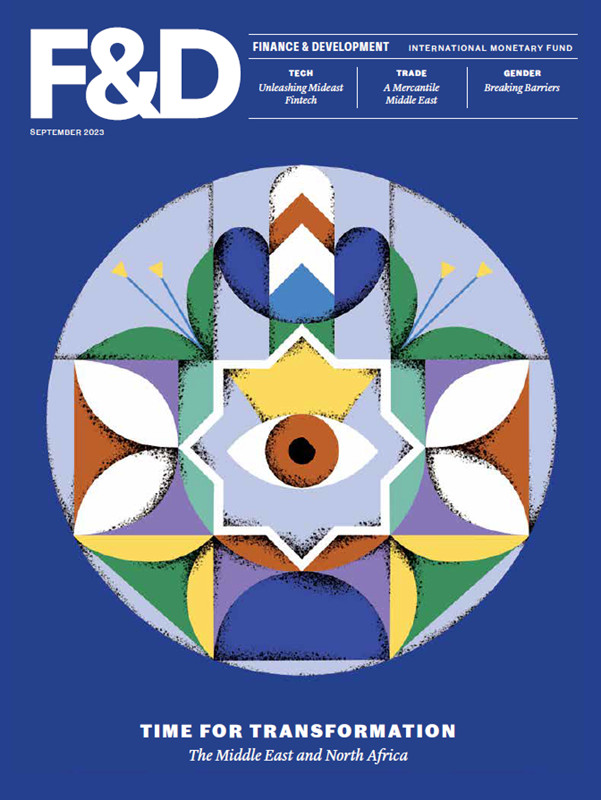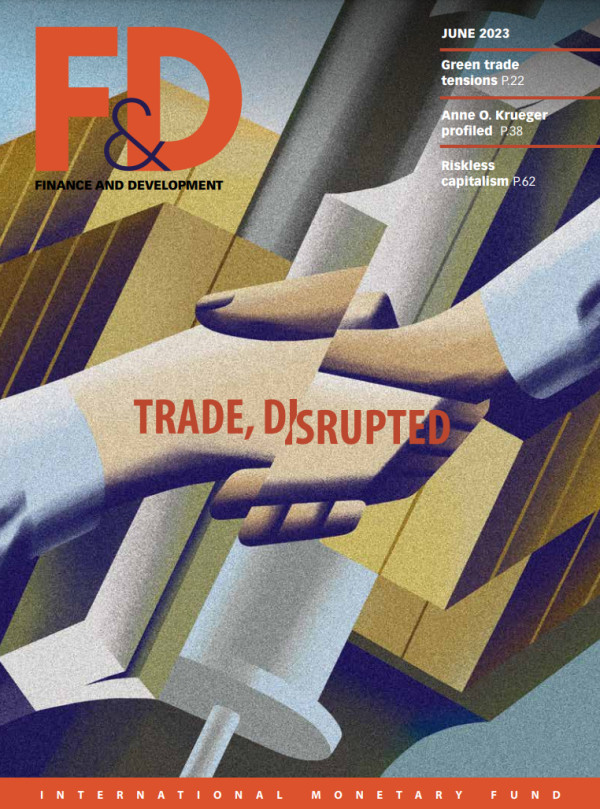One of the silver linings of the pandemic is the renewed momentum to build a stronger, greener economy.
Yet making real progress on the climate crisis requires multilateral organizations, governments, and the private sector to work together. In this vein, the Development Data Partnership is a new model for sharing information across the private and public sectors that can inspire data insights capable of shaping climate-responsible economic development decisions. This initiative currently consists of 25 data partners, including LinkedIn, and 6 development partners, including the IMF and the World Bank.
As the world’s largest professional network, LinkedIn can help shed light on emerging trends and opportunities in the talent market. To help our 774 million-plus members identify and capture economic opportunities, we generate the “Economic Graph”—a real-time data set updated nearly 5 million times a minute—that allows people to connect with one another, find companies, apply for jobs, and develop new skills. Aggregate data and insights from LinkedIn’s Economic Graph can complement traditional labor market data available to policymakers. LinkedIn data reveal that one of the fastest-growing trends is the growth of the green economy and demand for talent with green skills.
Green data
With the world’s attention turned toward COP26, we are sharing with partners several new green-related data sets drawn from the anonymized and aggregated profile information of LinkedIn members. These are additional to five initial data sets related to skills and occupations we shared with the partnership upon our entry in April of this year.
The first new data set describes the growth of “green skills”—which include skills in areas like ecosystem management, pollution prevention, environmental policy, sustainable procurement, and more. Our researchers have identified more than 800 green skills on LinkedIn, many of which have grown two- to threefold over the past three years. Using this information, partners can measure the rate of skill adoption over time and benchmark that rate by sector and country, enabling more fine-tuned investment in green skill development. In the first chart, we see triple-digit growth in most ecosystem management skills, such as mitigation and environmental services.
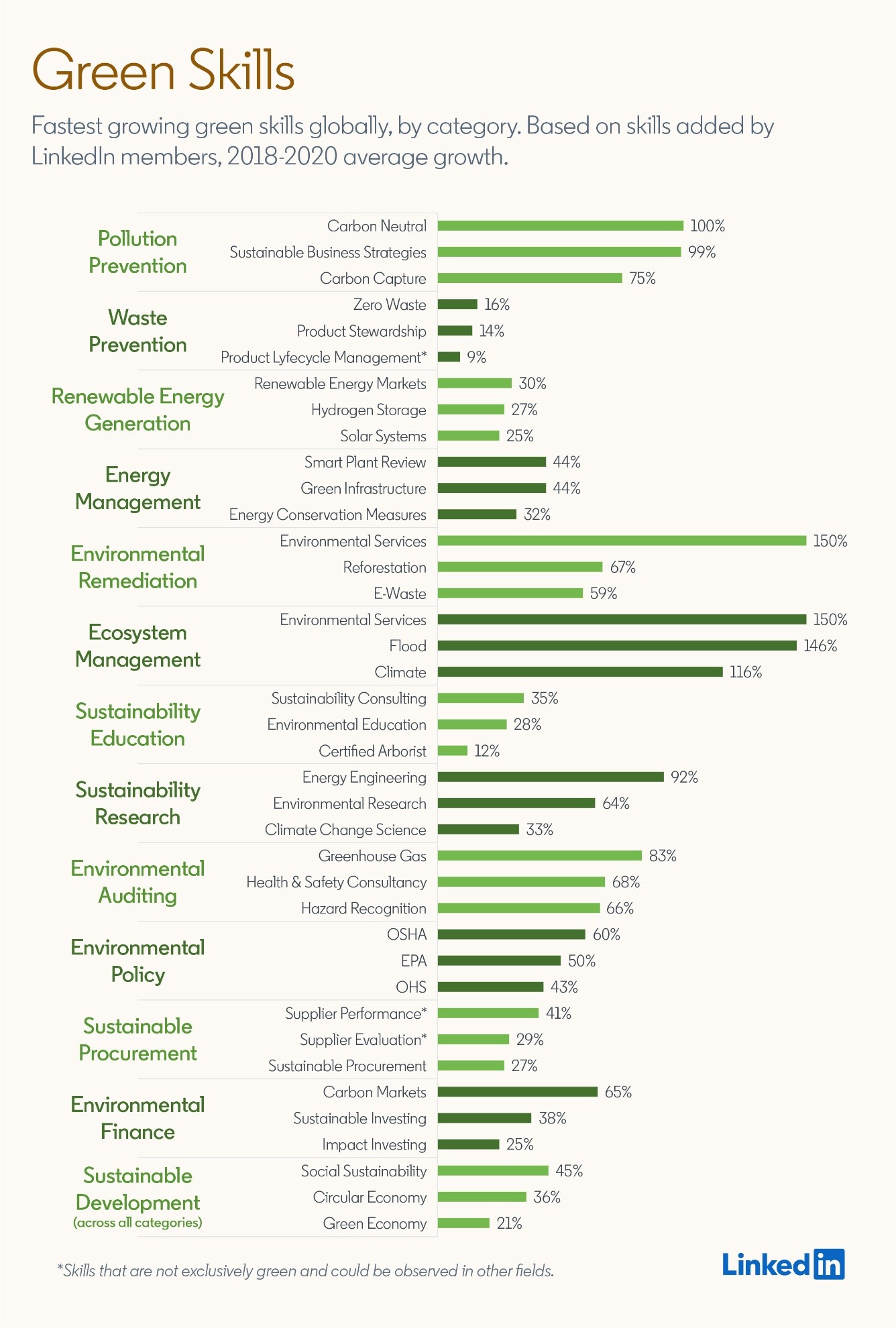
The second data set allows users to identify how intensely green skills are showing up across occupations and industries more generally. This type of insight can help policymakers understand which jobs and industries are becoming greener over time and where more progress is needed. The second chart shows that corporate services, manufacturing, energy and mining, public administration, and construction are the sectors that use the highest amount of green skills across the globe.
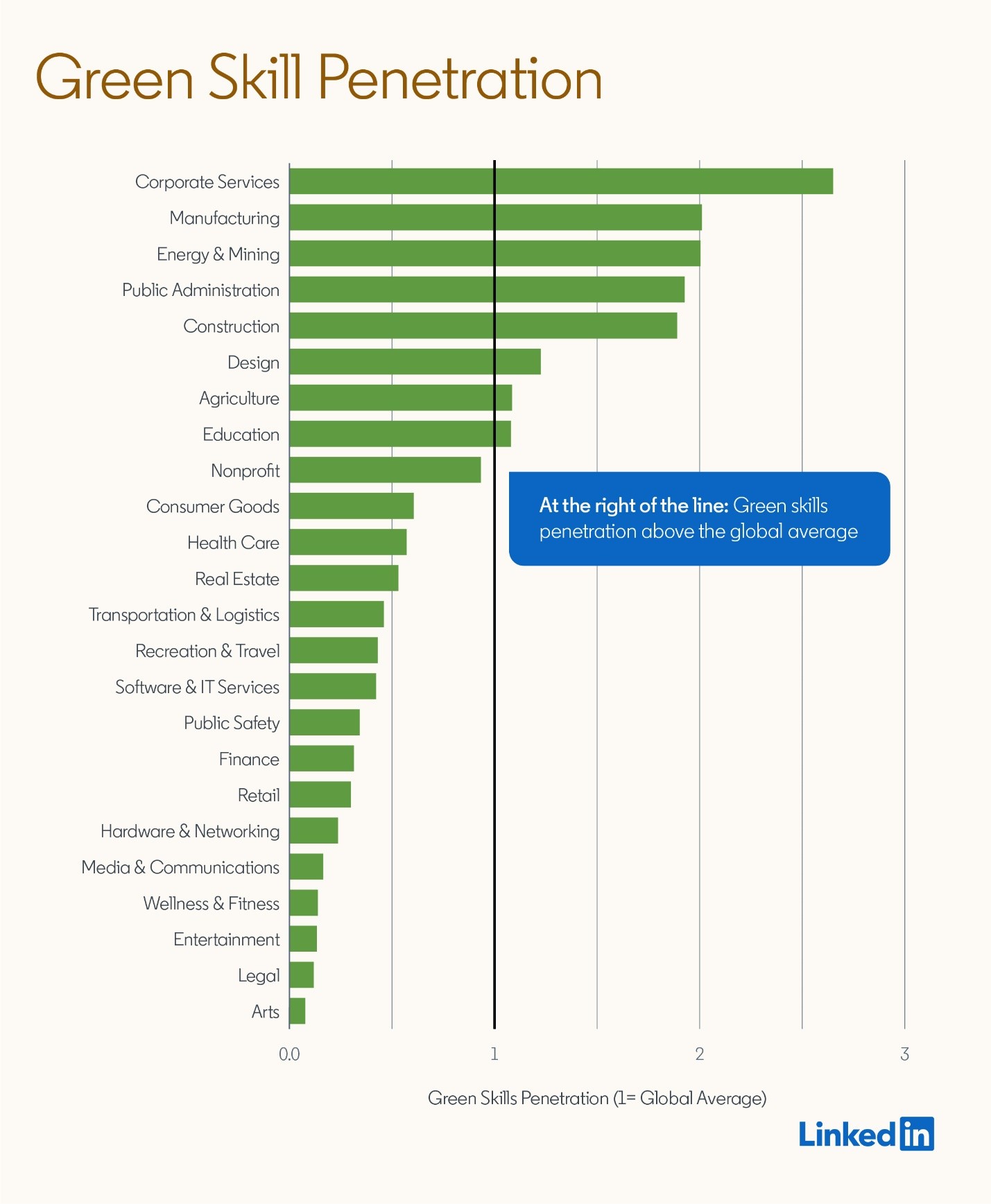
A third data set provides a way to gauge the growth of the green economy across countries by measuring the rate at which professionals with green skills are hired. The Green LinkedIn Hiring Rate can also be compared with the overall LinkedIn Hiring Rate to show how green talent is faring in the labor market versus the overall talent pool. This can help partners gauge whether additional efforts are required to match green-skilled professionals with jobs. The third chart shows that the shift to hiring for the green economy has been well underway worldwide since 2017.
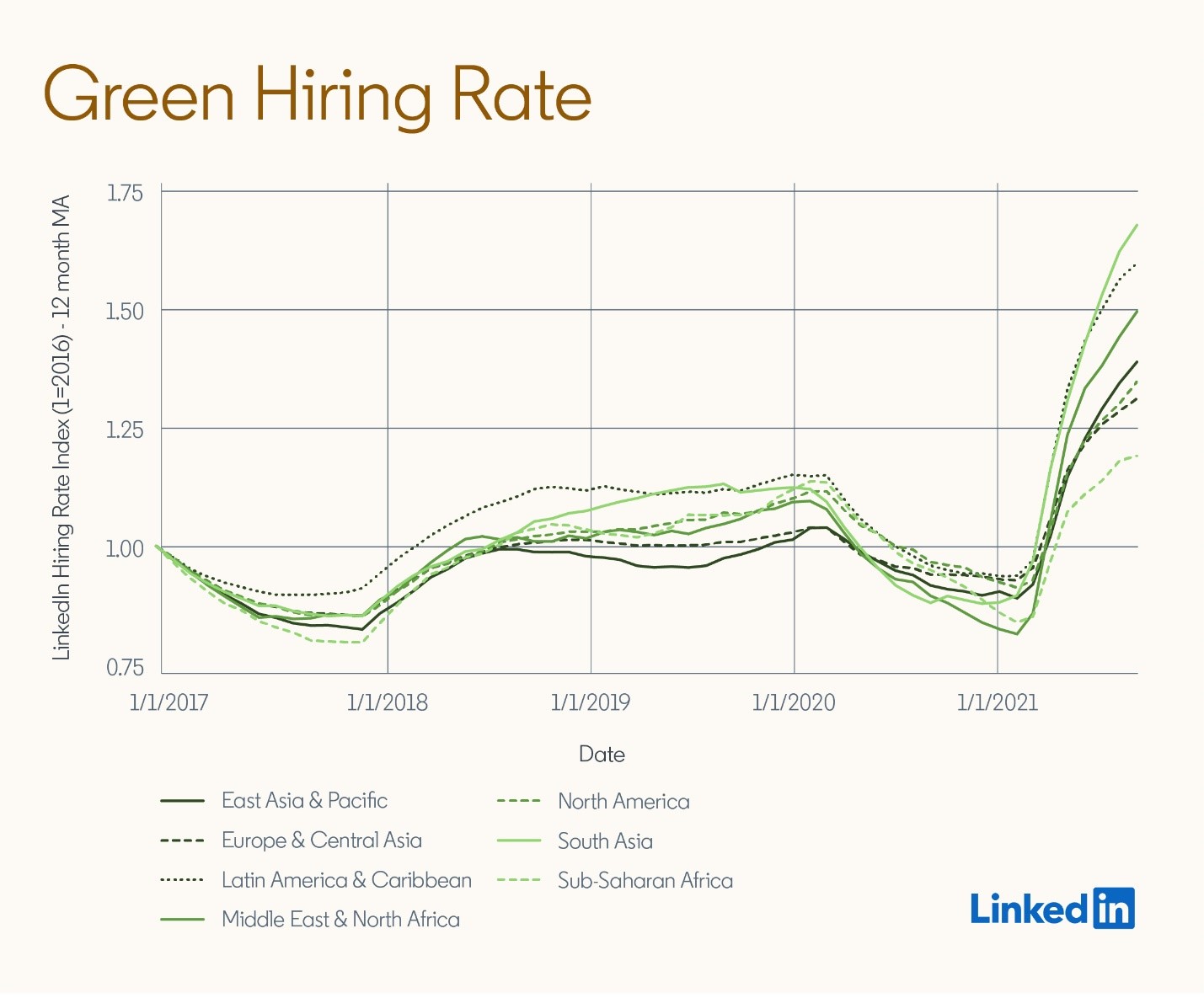
These are just a few examples of the types of insights possible through our new data sets. And they can also be combined with previously shared data sets to provide a green skill overlay on skill- and occupation-related data sets previously shared with Development Data Partnership institutions.
Business’s responsibility
Like other organizations, those in the private sector should take stock of how and where they can deploy their resources and knowledge to help combat the climate crisis. Real-time data collaboration—such as through the Development Data Partnership—can provide important insights to help create a greener economy.
Opinions expressed in articles and other materials are those of the authors; they do not necessarily reflect IMF policy.








